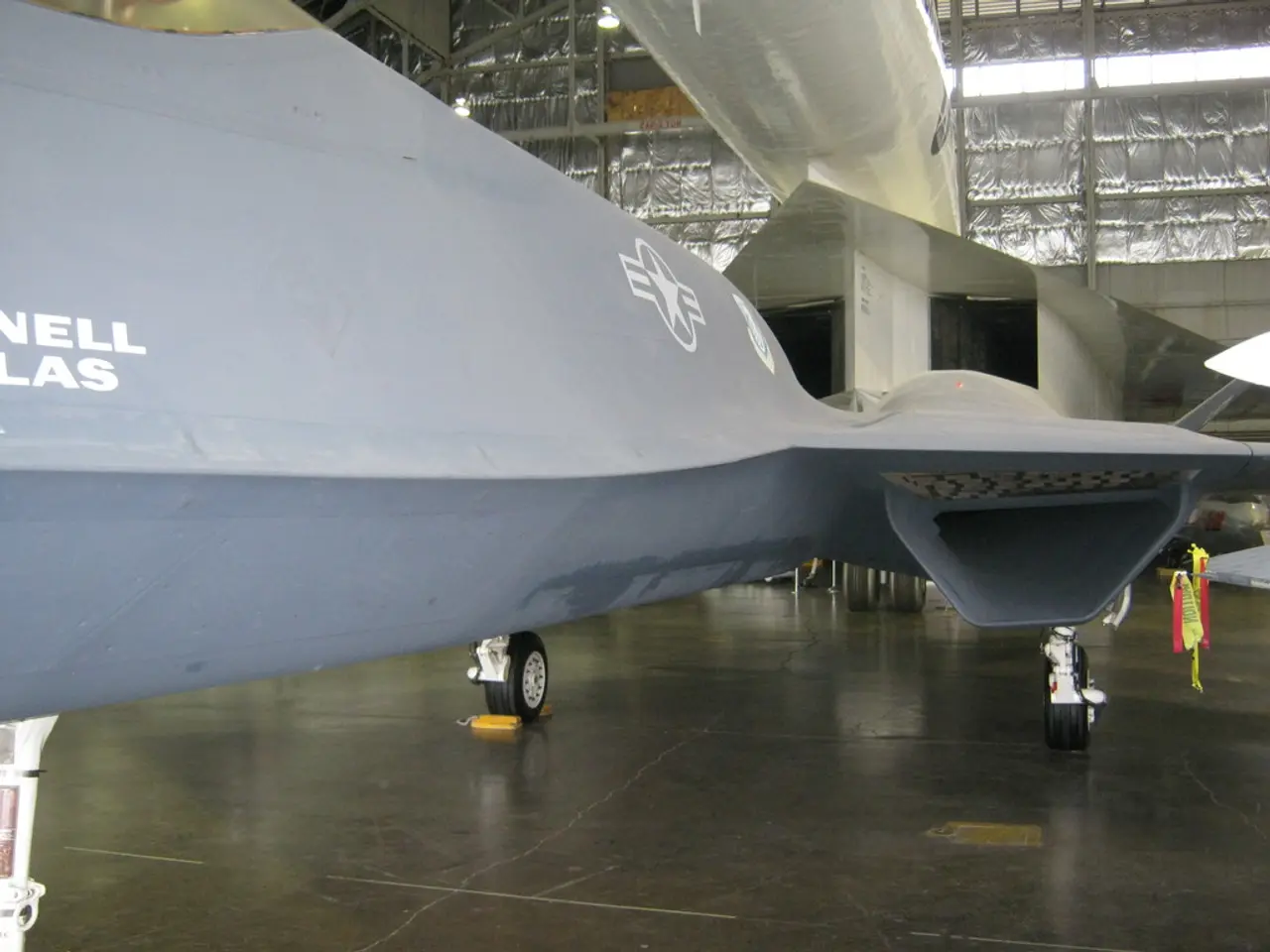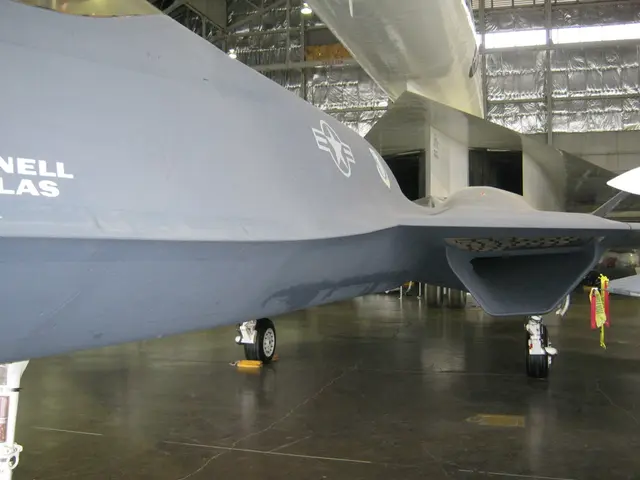Utilizing an IFR Cruise Clearance: A Step-by-Step Guide
In the realm of aviation, a cruise clearance is a common instruction given to Instrument Flight Rules (IFR) aircraft, particularly cargo flights operating in the midwestern United States. These clearances are issued by Air Traffic Control (ATC) and play a crucial role in maintaining safe and efficient air traffic flow, especially during flights under IFR conditions where layers of clouds create an icing hazard.
One of the most common scenarios where ATC issues a cruise clearance is when an IFR aircraft is climbing after departure or descending from a higher flight level. Once the aircraft reaches or passes the specified altitude, ATC will clear it to "cruise" at that level, allowing the pilot to level off and maintain the cruise altitude until further clearance is given or a descent is initiated.
Another common use of cruise clearances is when an aircraft is enroute between fixes or holding points. In such cases, the aircraft can maintain a specified flight level and perform any ATC-authorized operations at or above that level, until further instructions. This is particularly common in sparsely populated areas with little air traffic.
Cruise clearances are also issued during transitions through different controlled airspaces or sectors. This clarifies the aircraft’s vertical position and separation from other traffic, ensuring it is holding or proceeding at a stable flight level during the enroute phase before the next clearance such as descent or approach is given.
After a missed approach maneuver, ATC may issue a cruise clearance for the aircraft to hold or proceed at a specific altitude while sequencing for another approach. It's important to note that during these cruise clearances, the aircraft's responsibility for determining the minimum IFR altitude in its area still applies.
Contrary to popular belief, a cruise clearance automatically grants the aircraft a clearance to execute an instrument approach at the destination airport. However, the aircraft does not have to request an approach when given a cruise clearance. The block of airspace between the minimum IFR altitude and the altitude in the cruise clearance is available for the aircraft to use.
Traffic separation is still provided by ATC during cruise clearance, ensuring safe distances between aircraft. It's also worth mentioning that cruise clearances are not typically issued in areas with high air traffic, such as Chicago.
Cruise clearances can be requested by the aircraft, and the aircraft can climb, descend, and level off at any intermediate altitude within the block of airspace. The aircraft is responsible for determining the minimum IFR altitude in its area, and once an aircraft reports leaving an altitude within the block during descent, it may not return to that altitude without an additional ATC clearance.
In summary, cruise clearances are a valuable tool for maintaining a stable cruising altitude in the enroute environment, during climb or descent transitions before approach, or after missed approach procedures. They facilitate safe separation and efficient traffic flow until further clearance is authorized, ensuring a smooth and secure journey for IFR aircraft.
- In the aviation industry, Air Traffic Control (ATC) often provides cruise clearances to Instrument Flight Rules (IFR) aircraft, particularly for cargo flights in the midwestern United States.
- These clearances are crucial for maintaining safe and efficient air traffic flow, especially during flights under IFR conditions where clouds create an icing hazard.
- A common usage of cruise clearances is when an IFR aircraft is climbing after departure or descending from a higher flight level, allowing it to level off and maintain the cruise altitude.
- During enroute flight between fixes or holding points, aircraft can maintain a specified flight level under a cruise clearance, performing any ATC-authorized operations at or above that level.
- Cruise clearances are also issued during transitions through different controlled airspaces or sectors, ensuring the aircraft's vertical position and separation from other traffic.
- After a missed approach maneuver, ATC may issue a cruise clearance for the aircraft to hold or proceed at a specific altitude until sequencing for another approach.
- Contrary to common belief, a cruise clearance does not automatically grant an instrument approach at the destination airport, but it does provide a block of airspace between the minimum IFR altitude and the altitude in the cruise clearance.
- Traffic separation remains a responsibility of ATC during cruise clearance, ensuring safe distances between aircraft, except in areas with high air traffic, such as Chicago.
- An aircraft can request a cruise clearance and can climb, descend, and level off at any intermediate altitude within the block of airspace, but once it reports leaving an altitude within the block during descent, it may not return to that altitude without an additional ATC clearance.








